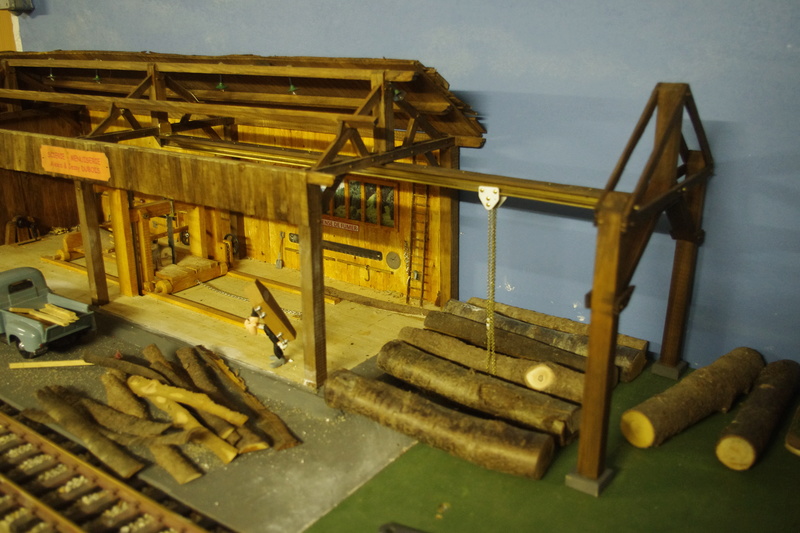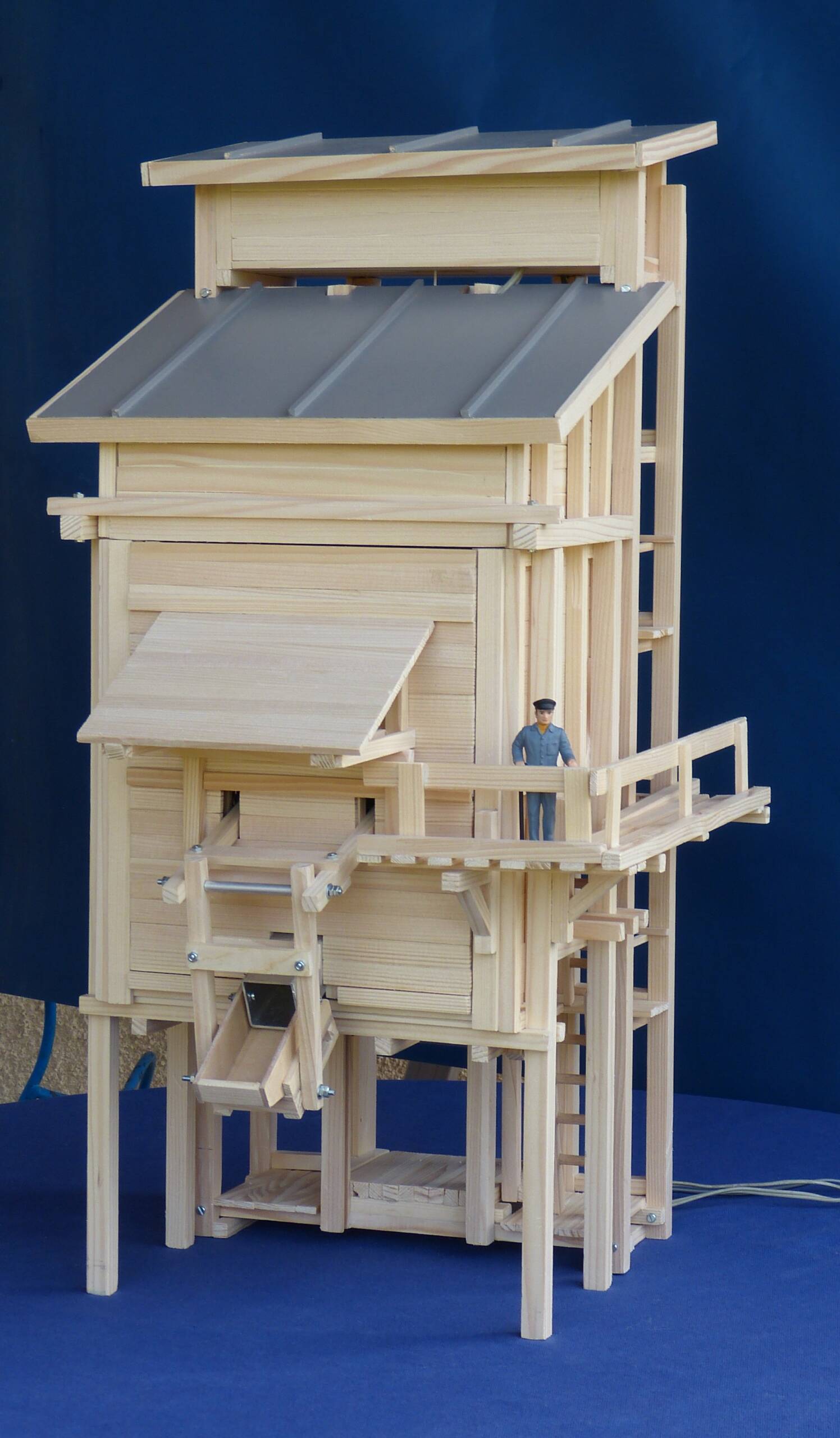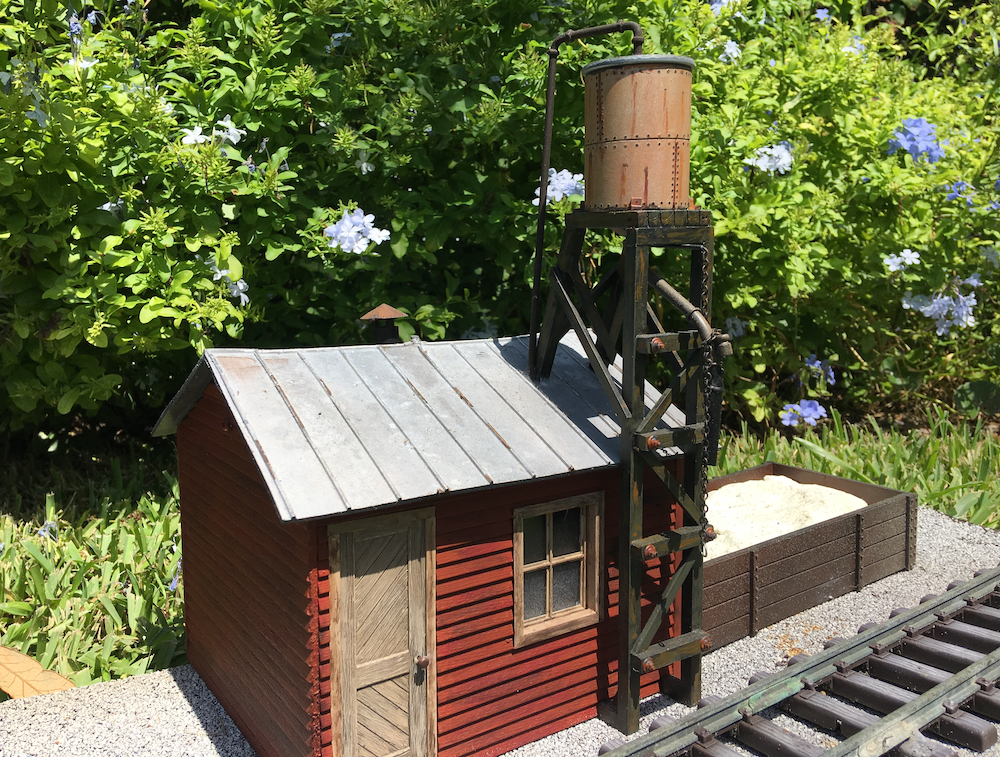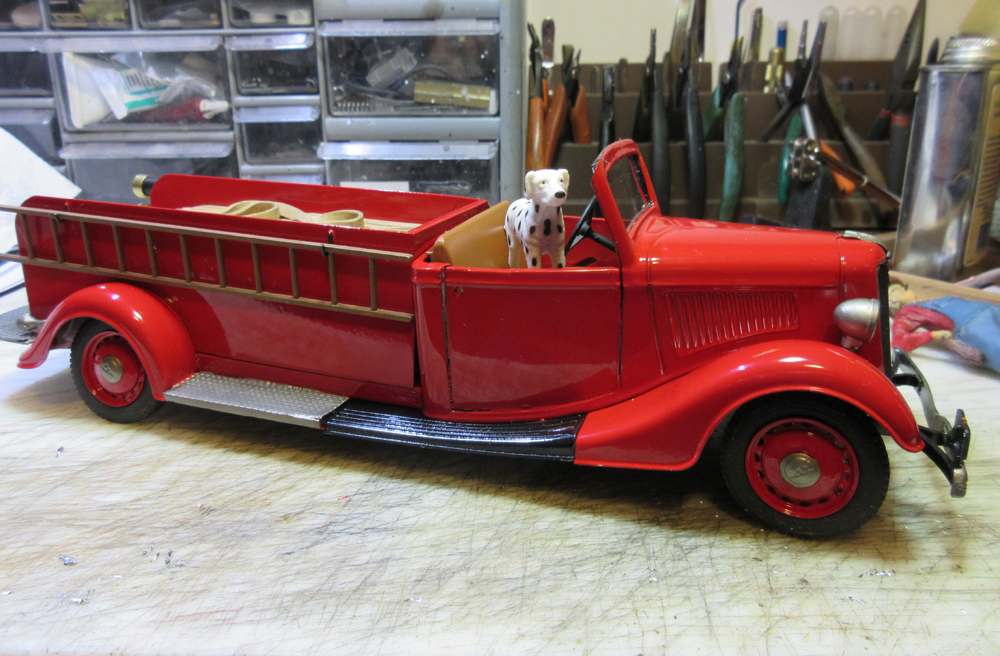Early model railroaders used wood, wire, and paper to create rolling stock. Today’s scratchbuilders can choose from myriad detail parts and use sophisticated laser cutters and 3-D printers. Sometimes it’s fun to explore old-school materials and techniques. To make this little G scale tender, I used a hybrid approach — mixing the old and the new.
The first step was building a frame that would be carried on a single Bachmann truck. Next, I built up a simple wooden box with rounded corners.
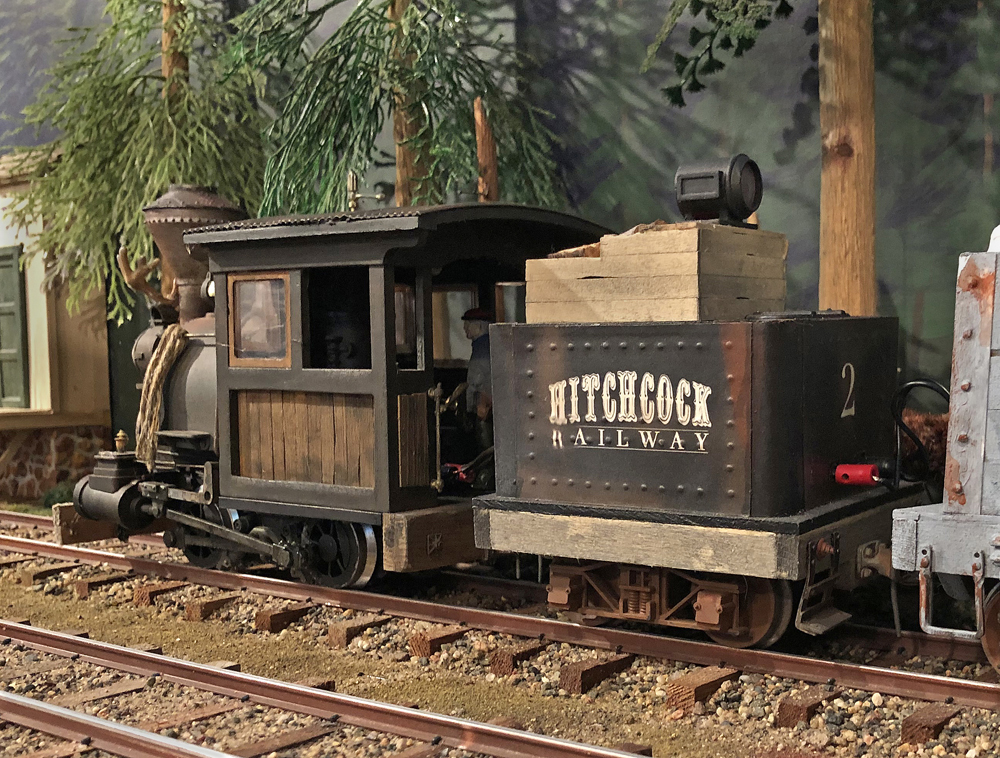
Using a computer drawing program, I designed full-sized sides, front, back, and corner panels. I colored each black, then added graphics. Finally I added weathering and rust effects. I printed the work onto 110-pound cardstock.
To create rows of rivets, I laid the side pieces face down on a newspaper. Using a medium sized knitting needle, I embossed dimples into the cardstock. Use only gentle pressure to create the impressions.
I glued the printed sections to the tender box and gave them a coat of clear varnish. Be careful not to use a water-based finish, as that might cause printer ink to run.
I carried batteries for the little Porter engine in a trailing car, so I added wire span connectors fore and aft. A little detailing completed the model. With the tender in tow, my Porter was ready for mainline runs on the Hitchcock Railway.






